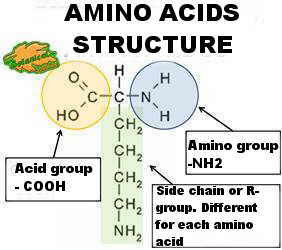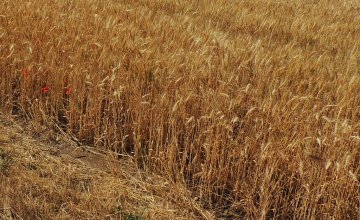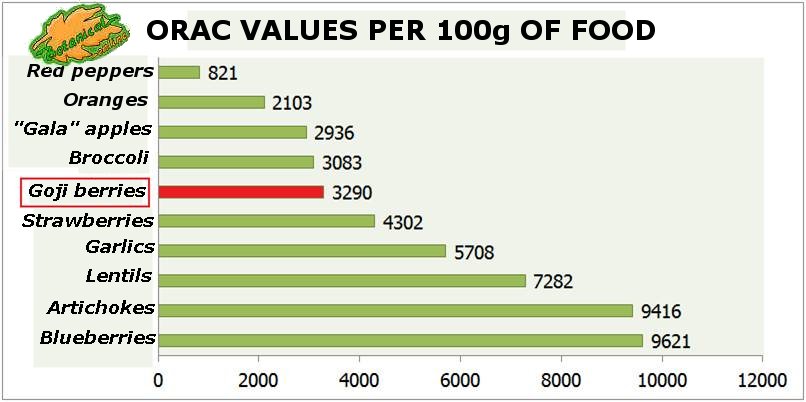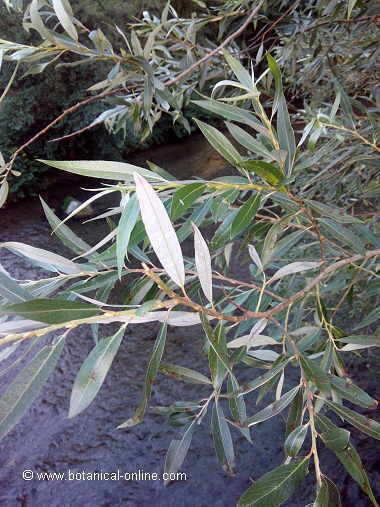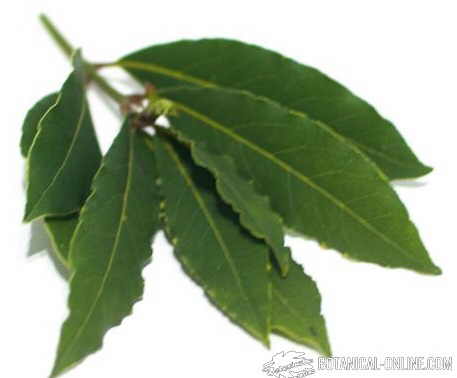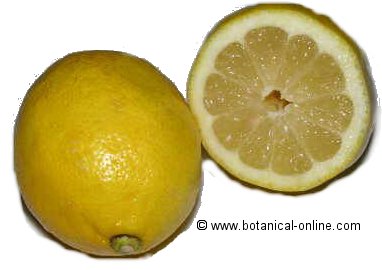How to combine different plants in the same plot
CHARACTERISTICS OF INTERCROPPING
What is intercropping?
Intercropping is a type of cultivation in which different crops are cultivated in the same plot.
It opposes to the monoculture type, in which a single species is only cultivated in the same plot.
Intercropping implies forced plant association, meaning that different species are put together.
History of intercropping
Intercropping is based on cultural traditions. For example, vegetable producers have discovered by means on personal experience which vegetables can benefit from being planted in the same plot and which ones they should avoid to be planted together.
Intercropping was a common routine in the past, but it has progressively been substituted by intensive cultivation, although more gardeners or farmers are adopting it again nowadays.
Why is intercropping done?
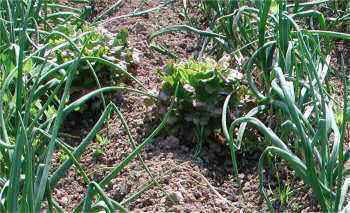
A typical example of correct association of lettuce and onions. Onions provide a vertical growth, while lettuces cover the horizontal space of the plot. They also take benefit from onions, since onions protect them from potential predators.
The intensive cultivation may have economic advantages for large productions but intercropping has many advantages in the orchard garden. Among all the advantages we can mention:
- A greater use of ground
- Improving of soils
- Reducing of weeds
- Protection from predators
- Etc
USES OF INTERCROPPING
Intercropping is mainly aimed to the following purposes:
Intercropping makes a greater use of ground
From a production point of view, plant associations can make better use of soil and nutrients.
For this reason we associate plant species that grow vertically with other species that grow horizontally, such as leeks with lettuce. The space-saving horizontal leeks are combined with lettuces, that occupy the space left by the leeks and do not compete for headspace.
In South America, it is very normal planting beans in the corn fields, once the plants are 30 or 40 cm tall. In this way, beans, which are plants with twining stems, thread into corn stalks and can grow properly, which avoids having to place rods for staking as in most countries. To maximize the plot, since the two plants have vertical growth, pumpkins are planted beneath them to cover the horizontal use of space
Leafy vegetables that have shallow roots are also often planted with root vegetables that have deep roots so they do not compete for nutrients. For example, carrots have to absorb much more potassium found in the deeper layers, while lettuces need more nitrogen, that is more abundant in the surface layers. So carrots combine well with lettuces.
Sometimes species growing at different times are planted in the same place.
According to this point of view, you could simply say that a correct intercropping can be done when the different species ” do not bother each other ” and do not steal space or light. However there are more reasons to justify this type of cultivation that merely a question of soil use.
Advantages of intercropping
Apart from a better covering of the available soil, intercropping can be considered more advantageous that monoculture for the following reasons:
- Intercropping reduces weeds: Combining different plants allows a more complete occupation of the plot with a lower availability of light and nutrients. This decreases the production of weeds.
- Intercropping improves soil conditions: Some species are capable of changing soil conditions, allowing other species to exploit. For example if we plant vegetables such as soybeans or beans along with some vegetables or legumes provide nitrogen to the soil which can benefit some vegetables like tomatoes.
- Intercropping prevents plagues and diseases of plants : We should not forget the role played by some vegetables in the control of pests and plant diseases. For example, to surround our roses with garlic increases the smell of these flowers and helps prevent the appearance of aphids.
This ability to produce substances that act on other plants is known as allelopathy. A good gardener should know if a plant can influence on those around it to see if these influences can have positive or negative effects. In the case of the relationship of garlic with roses is positive, however, in some other occasions plant associations are detrimental.
To know the best crops associated with a particular plant is the best way to increase this crop productivity and to avoid possible interactions.
The most suitable vegetable associations
The following table shows the main appropriate associations between vegetables:
| List of intercropping between vegetables | |
| These vegetables… | can be combined with… |
| Chard | Cauliflower, cabbage and lettuce |
| Garlic | Lettuces and carrots |
| Eggplants | Beans (can not be associated with the peppers and tomatoes) |
| Pumpkins | Chard, corn |
| Zucchinis | corn |
| Onions | Carrots, beets, chard, onions, leeks, cabbage |
| Endives | Beet, cabbages, carrots |
| Spinach | Beets, cabbages, broccoli, cauliflowers |
| Green peas | Carrots,cabbages,garlic |
| Beans | Peppers, cucumbers, eggplants, melons |
| Broad beans | Cauliflowers, cabbages, carrots |
| Lettuces | Beets, cabbages, carrots, onions, leeks, tomatoes, melons, spinach (they can not associate with zucchinis, strawberries or watermelons) |
| Parsley | Tomatoes |
| Peppers | Carrots |
| Leeks | Lettuces, carrots, celery |
| Radishes | Chard, spinach, carrots, tomatoes, lettuces, garlic |
| Carrots | Onions, celery, cabbages, lettuces |
| Tomatoes | Garlic, onions, carrots |
| Carrots | Lettuces, leeks, onions, green peas |
![]() More information on vegetable growing.
More information on vegetable growing.

